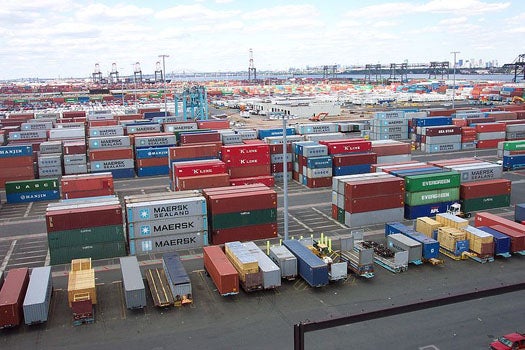New Gamma-Ray Nuke Detector Could Sniff Out Dirty Bombs Without Opening Cargo Containers
Keeping tabs on nuclear material is both increasingly important and increasingly difficult these days, but researchers at the University of...

Keeping tabs on nuclear material is both increasingly important and increasingly difficult these days, but researchers at the University of Maryland have devised a mechanism that may make it a lot easier to ensure unchecked radioactive materials don’t make it illicitly ashore. A novel approach to gamma ray detection could make it easier for customs officials to test shipping containers for radioactive payloads without searching them one by one.
The new method relies on the ionization of air surrounding the container as gamma rays emitted from radioactive material within pass through the walls. A focused beam of coherent, high-powered terahertz or infrared light could detect the presence of this ionized air by facilitating the electromagnetic breakdown of the air. A pulsed electromagnetic source of short duration could then detect the presence of those gamma rays without the need to open up the container.
That last part is extremely important. The amount of cargo coming into a country as large as the U.S. each day is so massive that it’s unfeasible for customs authorities or Homeland Security to rifle through each container with a Geiger counter. A simple device that can quickly ascertain whether a shipping container is leaking gamma rays could allow for wider screening of incoming cargo. That’s an important step forward for all the obvious reasons we need not explain here.
The technique still needs refining, but the researchers are optimistic that it could work. “It is not yet clear whether this approach to detection of nuclear material is practical,” Professor Victor Granatstein, lead researcher on the technology, said in a press release. “But it is worth pursuing since it might impact an important need related to National Security.”